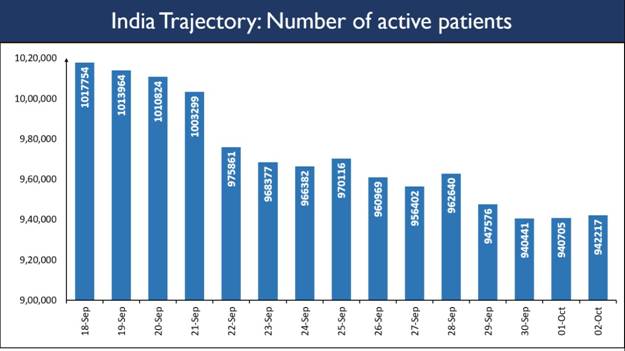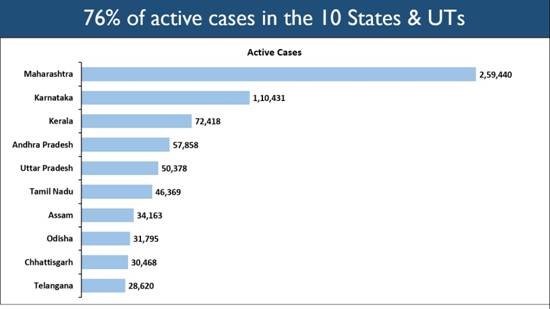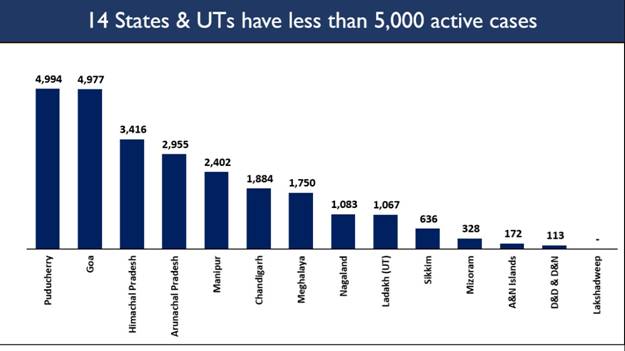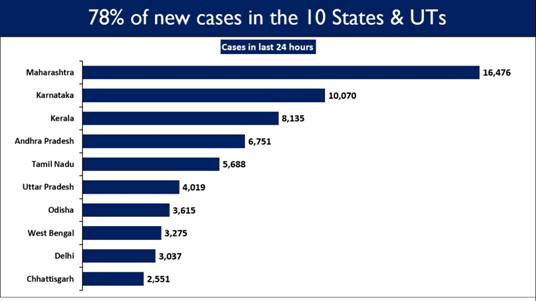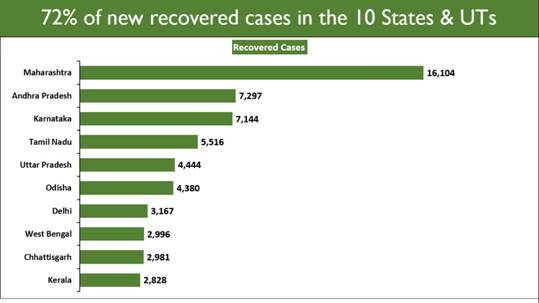Locusts plaque prevalent in the 19th century could be real this time if no timely action is taken by India, Pakistan & Iran
Is India-Pakistan heading towards a Locust plague this year. Maybe if India and Pakistan do not fight Locust swarms jointly. Experts from Pakistan fear that going by the intensity of swarms, it may face severe food security this season in case they are not handled properly.While India has pressed Bell Helicopters and Mi-17 helicopters to assist Locust control operations, Pakistan Air force C-130
aircraft has airlifted ‘purpose-built Piper Brave spray aircraft’
from Turkey to launch its large scale control operations.
The swarms coming from the Horn of Africa are laying eggs and breeding
along Indo-Pak border area. This is for the first time in the past 30 years,
the locust has laid eggs and building swarms at over 34 locations in Western
and Northern Rajasthan.
In India, it is giving sleepless nights to authorities engaged in controlling and containing the ‘Locust Attack’, so as it could not spread in the neighbouring states. In the wake of the alarming the situation arising out of Locust swarms, the United Nation has organized special weekly virtual meetings on 'Desert Locust of South-West Asian countries' mainly Afghanistan, India, Iran and Pakistan. This is for the first time that the UN FAO has stepped in to provide technical and other 'real-time' assistance to locust affected Countries and provide a broader picture of building swarms in the respective region.
Experts even fear that if all affected
countries did not join hands to contain the swarms, it could lead to
'Locust plague' in some worst-affected regions. And if the worst fear turns
true, some of the countries could have serious food security issues, they
claim. for India, the UNFAO has warned the authorities to prevent its spread to
neighbouring states mainly Punjab, Haryana, UP, and Madhya Pradesh--which plays
a vital role in ensuring food security to the second largest populated country
in the world, they admitted.
Desert Locust, commonly call grasshoppers,
originates from the Horn of Africa. they fly in swarms which may vary from
less than one square kilometre to several hundred square kilometres. One swarm
contains 4 crores to 8 crore adult locusts in one square kilometre and can fly
as long as 150 kilometres a day. A Desert Locust adult can consume roughly its
own weight in fresh food per day. A very small part of an average swarm (or
about one tonne of locusts) can eat the same amount of food in one day as about
10 elephants or 25 camels or 2,500 people.
India’s Locust Warning Organisation (LWO-IN) in
association with the state governments have so far quarantined over 4.5 lakh
hectares of land in 10 states. The operation would continue for another three
to four months till it managed to contain the swarms. UN has further warned
that the Locust swarms are still building up in the Horn of Africa and would fly to Indo-Pak bordering districts for further
breeding in the coming weeks.
Last year when Locust had attacked India through
Pakistan, but it was only confined to Rajasthan and Gujarat. In the entire
year, the LCO (Locust Circle Offices) contained nearly three lakh hectares.
This year, the authorities have already quarantined 4.5 Lakhs hectares. Going
by the present pace, LWO-IN might have to quarantine more than 10 lakh hectares
of land, said a senior officer of the LWO-IN.
This gravity of the situation can be judged from
the fact that the United Nations FAO has contained only 6 lakh hectares in
African continent, where it actually originated. And in India, it has so far
spread and controlled in over 4.5 lakh hectares. The situation in Pakistan is
equally worse where some experts fear, it may face ‘drought-like situation’ due
to attack of Locust Swarm.
In India, authorities have pressed, drones to
locate the swarms and using sprayer mounted Indian Air Force helicopters
to control the swarms. It has also purchased 60 sophisticated vehicle-mounted
sprayers, and pressed fire brigade vehicles, and the existing fleet of sprayers
to nip them in the bud.
Presently, 104 control teams with spray
vehicles are deployed in the States of Rajasthan and Gujarat, and more than 200
Central Government personnel are engaged in locust control operations. Further,
five companies with 15 drones are deployed at Barmer, Jaisalmer, Bikaner,
Nagaur and Phalodi in Rajasthan for effective control of locusts on tall trees
and in inaccessible areas through spraying of pesticides. A Bell helicopter and
Mi-17 helicopters of Indian Air Force have also been deployed in Rajasthan for
use in Scheduled Desert Area for anti-locust operation.
In its recent warning, the United Nations FAO
has told India that numerous adult groups
and swarms are laying eggs over a wide area of Rajasthan between Jodhpur and
Churu while hatching and band formation from earlier laying has occurred
further south from Phalodi to Gujarat. While in Pakistan hopper groups and
bands are present in the Nagarparkar area in Tharparkar of southeast Sindh.
Adult groups are scattered throughout the Cholistan and other parts of Tharparkar
that will lay eggs shortly. If strong Western winds start blowing towards
India, these swarms could go as long as Bihar, Nepal, and parts of West Bengal
admitted a senior officer of the LWO-India.
Locust Swarms
In ancient time Locusts swarms known to have formed plagues. In Ancient Egyptians, they carved them on their tombs. It has its mention in the ancient scriptures including Iliad, the Mahabharata, the Bible and Quran. Locust swarms sometimes spread in over a hundred kilometres have devastated crops and have been a contributory cause of famines and human migrations. However, the recent changes in agriculture practices and better surveillance of locations where swarms tend to originate led to control of these swarms. The traditional means of control are based on the use of insecticides from the ground or the air, but other methods using biological control have also proved effective.
As a result of the use of modern technologies, swarming behaviour has seen a considerable decrease in the past 100 years. Last serious impact on locust attack was in 1980ies. Last year the attack affected Pakistan and parts of Rajasthan and Gujarat, but this year its presence and intensity are very large. This suggests that the potential for swarms to form is still present, and when suitable climatic conditions occur and vigilance lapses, plagues can still occur.
Eating Locust, a delicacy in many countries:
Locust is edible insects and is considered protein-rich. It is termed very tasty and considered a delicacy in many African, Middle
Eastern and Asian countries. Historically they have been used as food. Those
who eat them claim it is as tasty as Shrimp (Jhinga fish). In fact, a few senior politicians in
Pakistan had suggested that instead of using pesticides, they should be caught
and use for eating purpose. Or it can also be used to replace poultry meal.
In Saudi Arabia, it is believed to be very healthy. Even some
organizations in Saudi Arabia and Yemen protested over government plans to use
pesticides to control them as they cannot use locust sprayed with pesticides.
During pre-history, selling, cooking and eating locust was very common in
Egypt, Palestine, Saudi Arabia.
According to an estimate locust yield about five times more
edible protein per unit of fodder than cattle. Since its FCR (feed conversion
ratio is 1.7 kg/Kg—it is one of the best poultry feed. Serving of 100 grams of
desert locust provides 11.5 grams of fat, 286 mg of cholesterol. Besides it has
very useful fatty acids, and varying amounts of minerals mainly potassium,
sodium, phosphorus, calcium, magnesium, iron, and zinc.
Ends.







